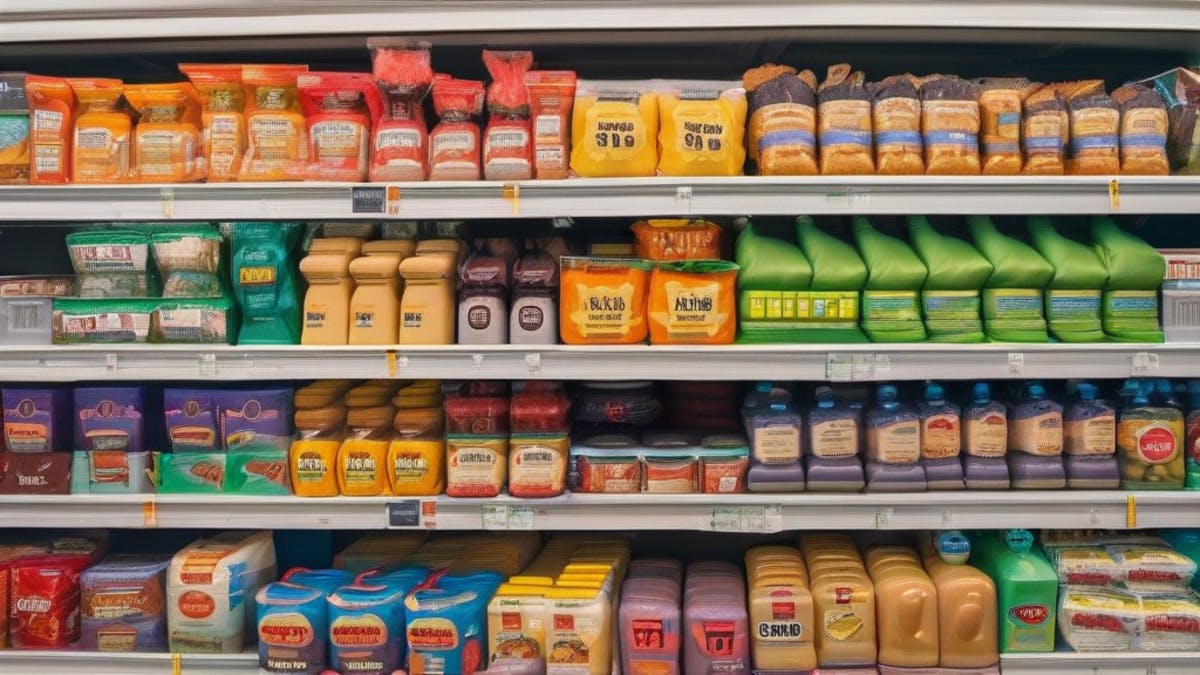Australia’s inflation landscape in the first quarter of 2024 presents a nuanced picture, as indicated by recent data releases from the Australian Bureau of Statistics (ABS) and market expectations.
The Consumer Price Index (CPI) for Q1 surged by 1.0%, a notable increase compared to the 0.6% rise observed in the previous quarter. Market forecasts had anticipated a growth of 0.8% during this period.
Conversely, on an annual basis, Australia’s CPI inflation witnessed a decline to 3.6% in Q1 2024 from the preceding figure of 4.1%, surpassing the market consensus of 3.4%.
CreditorWatch Chief Economist, Anneke Thompson said: “The Consumer Price Index (CPI) rose by 1.0 per cent over the three months to March 2024, which was higher than the December quarter increase of 0.6 per cent. In positive news, the annualised inflation rate continues to fall, and is down from 4.1 per cent in December 2023 to 3.6 per cent as at March 2024.
“Price rises for tradeable goods continue to ease at a faster pace than non-tradeable goods, as consumers continued to pull back on discretionary spending. A very tight residential rental market has resulted in the highest annual rate of inflation for rents since 2009. Rental inflation is likely to remain high for some time yet, as vacancy rates are very tight, and interest rates remain high. Rising education costs at both secondary and tertiary levels were also big contributors to the inflation rate, as educational institutions adjust their pricing at the start of the school year.
“While a fall in the inflation rate is welcome news, today’s figure is unlikely to bring forward a cut to the cash rate, as services inflation continues to fall at a slow pace. This means that businesses should brace themselves for the cash rate to remain at 4.35 per cent, at least until the fourth quarter of 2024. The longer interest rates remain high, the more difficult trading conditions will be for the discretionary retail trade, food and beverage and construction sectors, and we expect a continuation of rising insolvency rates in these sectors as a result.”
The RBA Trimmed Mean CPI for Q1 mirrored the quarterly CPI increase, rising by 1.0%, while marking a 4.0% surge on an annual basis. Market estimates had projected a quarterly increase of 0.8% and an annual rise of 3.8% for the quarter ending in March.
March’s monthly Consumer Price Index inflation demonstrated a slight uptick, reaching 3.5% year-on-year, surpassing both the expected 3.4% and the previous reading of a 3.4% rise.
While these figures provide insights into Australia’s inflation trajectory, the broader economic implications and policy responses remain to be seen in the coming months.
Keep up to date with our stories on LinkedIn, Twitter, Facebook and Instagram.

